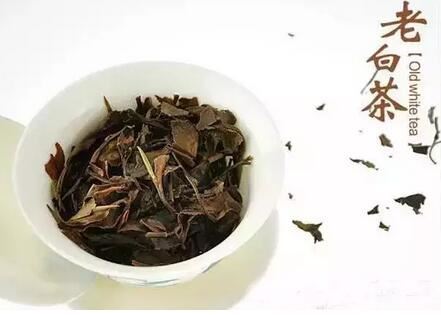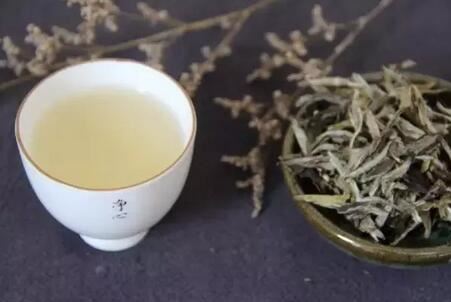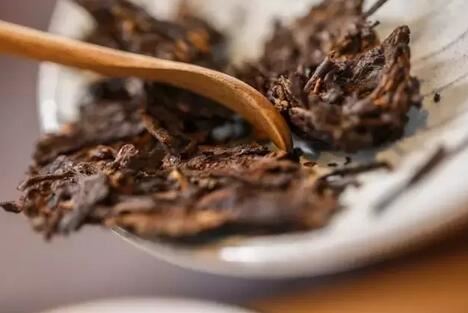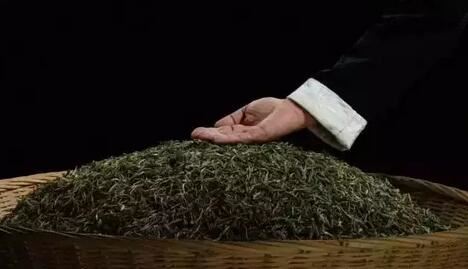Speaking of aged White Tea, it has become very evident in recent years that Tea enthusiasts have gradually fallen in love with aged white tea. Some tea enthusiasts told me that they liked it from the first sip and couldn't stop since then. Ah, what a painful realization, this is a kind of tea addiction, also known as tea obsession, which needs to be addressed. So, what makes aged white tea so popular?

1. Aged White Tea, With Remarkable Health benefits
Liver Fire Relief
White tea contains 17 amino acids, including 8 essential amino acids for humans, as well as methionine, R-aminobutyric acid, and other special amino acids. Its ampelopsin content ranges from 4.2% to 27.2%, where dihydromyricetin accounts for over 80%, and total flavonoids account for less than 20%. Dihydromyricetin can be used to treat arrhythmia, inhibit platelet aggregation in vitro and thrombosis in vivo, increase SOD activity, and is used to relieve summer heat and inflammation, alleviate rheumatism and strengthen bones, treat headaches, sore throats, hepatitis, scabies, and oral ulcers.

Hangover Relief
The dihydromyricetin and other flavonoids in white tea can help the liver accelerate the breakdown of alcohol, achieving the purpose of sobering up. On the other hand, they can help the liver remove harmful substances such as acetaldehyde and peroxides produced during the breakdown of alcohol, reducing damage to liver cells and thus protecting the liver.
Tobacco Toxin Removal
The flavonoids contained in white tea can effectively eliminate these toxins, restoring the body to a healthy state.

Protection Against the Three Highs
People with three highs (high blood pressure, high blood sugar, and high cholesterol) have poor endurance when staying up late, and drinking white tea can achieve a certain degree of control over these conditions.
White tea is an antioxidant and boosts immunity: Staying up late easily produces large amounts of free radicals and other harmful substances. Dihydromyricetin, rich in white tea, is an efficient antioxidant that can quickly eliminate free radicals, surpassing vitamin E and soy isoflavones in its ability to clear free radicals. At the same time, it provides a normal oxygen environment for the immune system, activates immune cells, enhances immune function, and improves disease resistance and resilience.
2. Aged White Tea, Scarce Resource
Fuding white tea, as a niche tea, has a small production volume to begin with, making aged white tea even rarer.
It is widely known that Fuding white tea only began to gain recognition around 2006 due to government promotion. At that time, very few merchants were aware of the value of aged white tea. Similarly, before 2006, almost no tea merchants believed that aged white tea held any value, so tea factories did not produce much of it. As a result, there is now a scarcity of tea from before 2006.

3. Aged White Tea, For Collection and Appreciation in Value
White tea is a post-Fermented tea, and the longer it is stored, the more mellow, sweet, and fragrant it becomes. As time goes by, the older the white tea, the higher its economic value, so it can be personalized for custom orders, such as wedding anniversaries, celebration memorials… for collection and gifting, conveying feelings and intentions, long-term preservation, and commemoration.
Tip
The storage environment for white tea should be “dry, at room temperature, ventilated, and away from light and odors.” Some discerning tea connoisseurs choose to store it in purple clay jars or earthenware pots because they are well-sealed and can isolate odors, allowing the white tea to be preserved over time.
Rarity is valuable. Aged white tea is hard to come by, so beginners are advised to drink and collect at the same time. As long as it is stored properly, new white tea can also age into aged white tea.